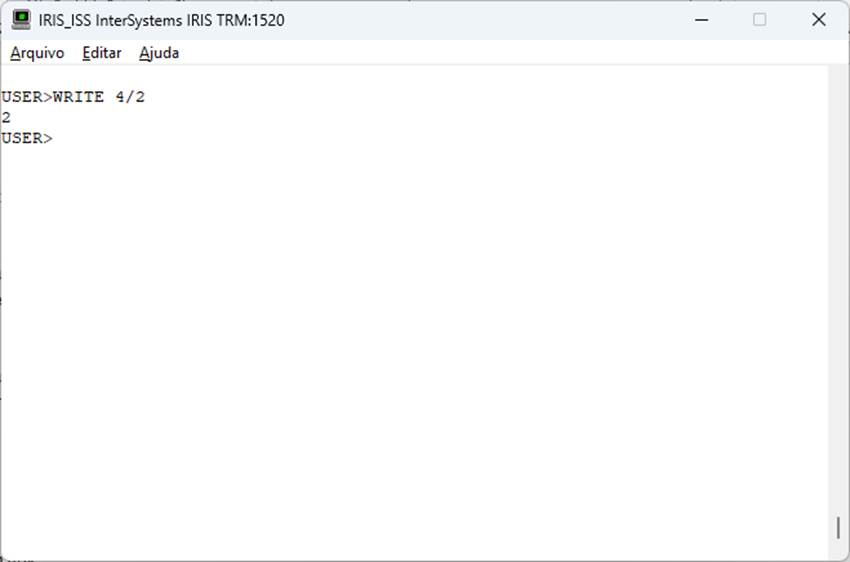Hi,
When we open a terminal in IRIS, we are entering the ObjectScript shell. Within this shell, we can execute IRIS commands, such as:

InterSystems ObjectScript is a scripting language to operate with data using any data model of InterSystems Data Platform (Objects, Relational, Key-Value, Document, Globals) and to develop business logic for serverside applications on InterSystems Data Platform.